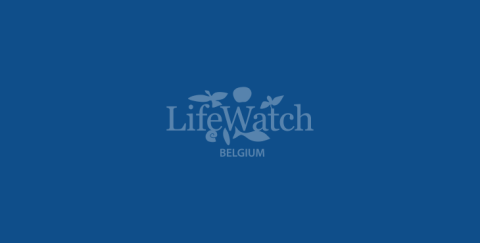All GPS data of the LifeWatch sensor network for large birds becomes available
The GPS data of the tagged birds, generated since June 2013, reveals interesting migration patterns and bird behavior

In the framework of the Flemish contributions to the LifeWatch infrastructure, a high-tech sensor network was installed in June 2013 to better monitor the habitat use and migration patterns of large birds, such as the European Herring Gull (Larus argentatus Pontoppidan, 1736), the Lesser Black-backed Gull (Larus fuscus Linnaeus, 1758) and the Western Marsh Harrier (Circus aeruginosus (Linnaeus, 1758)). The birds were equipped with lightweight, solar powered GPS tags: 22 Lesser Black-backed Gulls were tagged in the harbor of Zeebrugge, 5 European Herring Gulls were tagged in the harbor of Oostende, and 3 Western Marsh Harriers were tagged in Het Krekengebied in East-Flanders.
Since the establishment of this LifeWatch bird sensor network, the GPS tags generated a lot of data. All GPS data (since June 2013) of the tagged European Herring Gulls, Lesser Black-backed Gulls and Western Marsh Harriers has been made available and visualized in four animated maps:
The GPS data also revealed some peculiar behavior of individual birds:
Since the establishment of this LifeWatch bird sensor network, the GPS tags generated a lot of data. All GPS data (since June 2013) of the tagged European Herring Gulls, Lesser Black-backed Gulls and Western Marsh Harriers has been made available and visualized in four animated maps:
- The breeding season of 2013
- The autumn migration of 2013
- The winter season of 2013-2014
- The spring migration of 2014
The GPS data also revealed some peculiar behavior of individual birds:
- Some of the tagged birds forage at sea while others forage on the beach.
- Some of the tagged birds make long trips to find their daily portion of chips.
- Some of the tagged birds have their favorite cities to rest during their migration.



